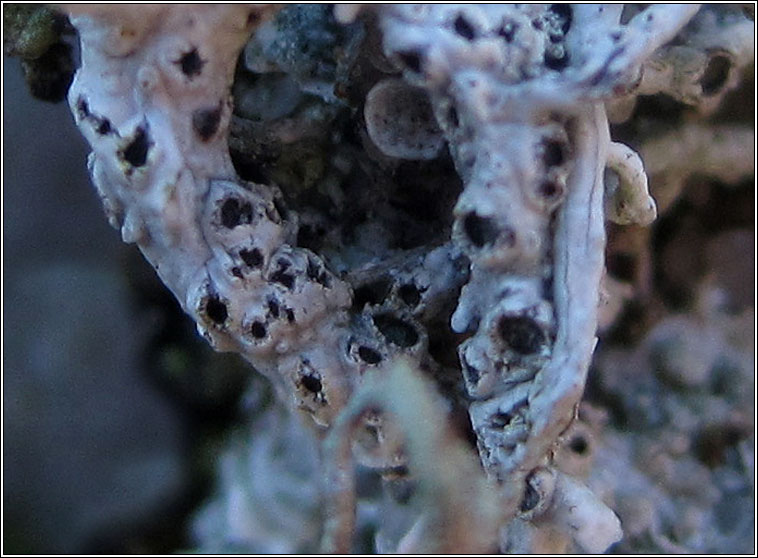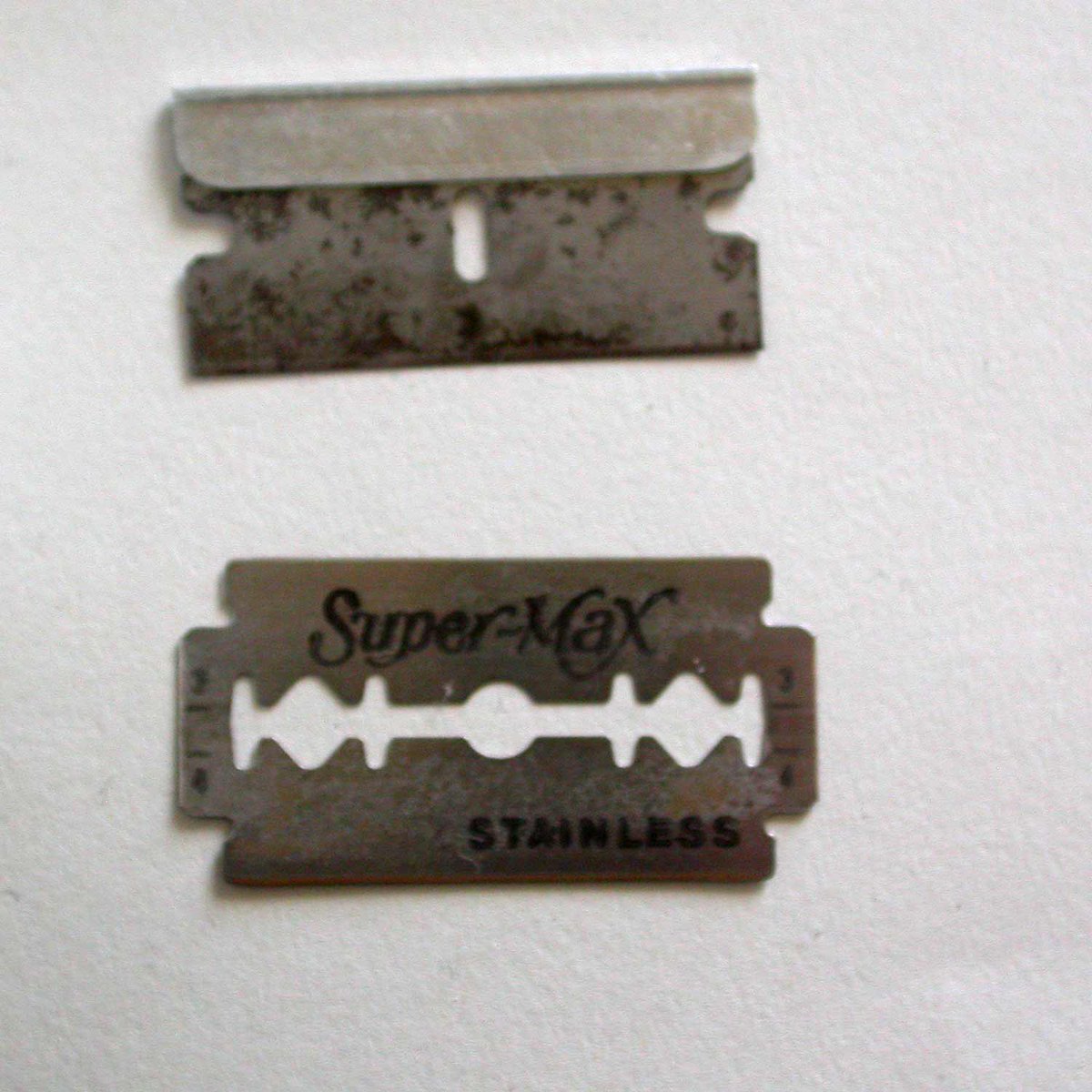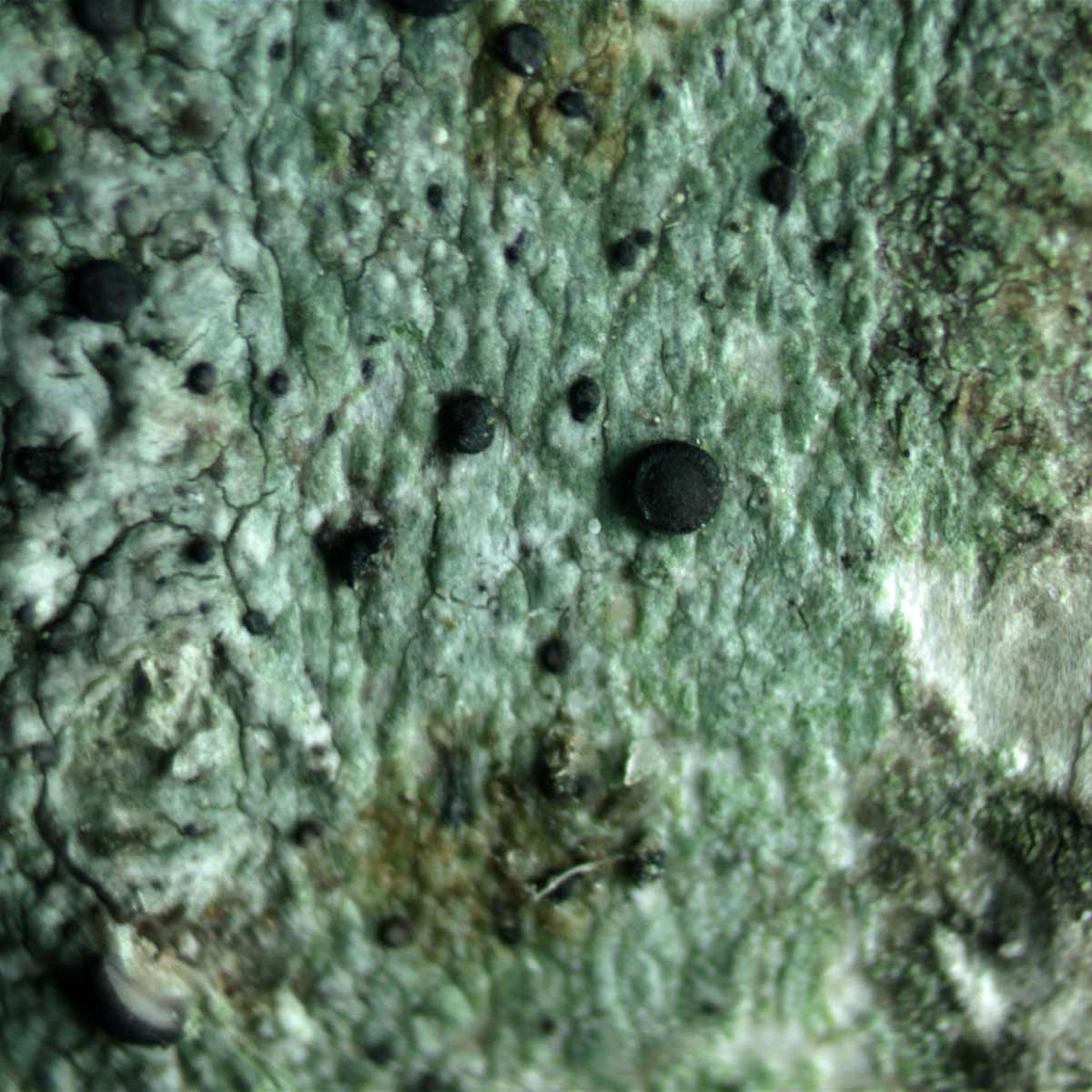
Lichens. Anyone with a hand lens can make discoveries. Add a microscope and a couple of chemicals and you can help rewrite the books.
2 subscribers
How to get URL link on X (Twitter) App


 Caloplaca flavescens vs. C. aurantia
Caloplaca flavescens vs. C. aurantiahttps://twitter.com/obfuscans3/status/957551950060572672

 Although the 'Flora' gives the habitat of Micarea curvata, more detailed guidance would help people to locate colonies of it in lowland churchyards.
Although the 'Flora' gives the habitat of Micarea curvata, more detailed guidance would help people to locate colonies of it in lowland churchyards. 



 Ivan Pedley suspected two taxa were involved, a suggestion I still find somewhat persuasive. Jack Laundon didn't mention this possibility when he described L. antiqua.
Ivan Pedley suspected two taxa were involved, a suggestion I still find somewhat persuasive. Jack Laundon didn't mention this possibility when he described L. antiqua. 

 Flavoparmelia caperata in lower half, Hypotrachyna revoluta above. Again the subtle difference in colour which can only be accurately judged when the lichens are dry (they all become greener and rather similar in colour when damp/wet).
Flavoparmelia caperata in lower half, Hypotrachyna revoluta above. Again the subtle difference in colour which can only be accurately judged when the lichens are dry (they all become greener and rather similar in colour when damp/wet). 

 Evernia has a slightly matt texture (perhaps like fine tissue) whereas Ramalina is more cartilaginous (as if moulded in plastic). The undersides of Evernia branches are usually starkly different (white) to the upper side. In Ramalina underside similar or only slightly paler.
Evernia has a slightly matt texture (perhaps like fine tissue) whereas Ramalina is more cartilaginous (as if moulded in plastic). The undersides of Evernia branches are usually starkly different (white) to the upper side. In Ramalina underside similar or only slightly paler. 

 Four lichens grew upon bryophytes on this stone: Agonimia, Bilimbia, Diploschistes and Lepraria lobificans. The first two in particular are usually found on moss.
Four lichens grew upon bryophytes on this stone: Agonimia, Bilimbia, Diploschistes and Lepraria lobificans. The first two in particular are usually found on moss.

 My correspondent assigned a provisional genus - Lecania. I think it belongs in a different genus but it is useful to make an initial hypothesis and then to keep an open mind.
My correspondent assigned a provisional genus - Lecania. I think it belongs in a different genus but it is useful to make an initial hypothesis and then to keep an open mind. 

 Plus Verrucaria polysticta on the footstone. 10/24 are members of the Verrucariaceae. C. dichroa described as new in 2006. V. obfuscans added to British list in 2015.
Plus Verrucaria polysticta on the footstone. 10/24 are members of the Verrucariaceae. C. dichroa described as new in 2006. V. obfuscans added to British list in 2015. 

 Today I came across a colony growing on moss, no Cladonia in sight, on a gravestone. The number of spores per ascus fits muscorum while the septation of the spores fits scruposus! This not the first time I have noticed this problem.
Today I came across a colony growing on moss, no Cladonia in sight, on a gravestone. The number of spores per ascus fits muscorum while the septation of the spores fits scruposus! This not the first time I have noticed this problem. 

 At first sighting, C. nigroclavata (in lower part of image) is very similar to Amandinea punctata (above). With careful study differences in appearance of both thallus and apothecia become apparent.
At first sighting, C. nigroclavata (in lower part of image) is very similar to Amandinea punctata (above). With careful study differences in appearance of both thallus and apothecia become apparent. 

https://twitter.com/obfuscans3/status/1487904835877883906There are two basic types, single edged above which are safer and more robust but without the ultra-fine edge that I prefer in the double edged type below.



 7/24 are members of the Verrucariaceae, a generally poorly understood and misinterpreted family. Caloplaca dichroa was described as new to science in 2006. V. elaeina and V. ochrostoma were lost to the consciousness of most lichenologists until into the present century.
7/24 are members of the Verrucariaceae, a generally poorly understood and misinterpreted family. Caloplaca dichroa was described as new to science in 2006. V. elaeina and V. ochrostoma were lost to the consciousness of most lichenologists until into the present century. 

 The spores are 3-septate and fusiform so this is not B. phacodes. In fact it is Lecania naegelii with apothecia lacking pigment (the fruits can vary from white to black with various shades in between in L. naegelii).
The spores are 3-septate and fusiform so this is not B. phacodes. In fact it is Lecania naegelii with apothecia lacking pigment (the fruits can vary from white to black with various shades in between in L. naegelii). 

 A glance at a section under low power suggests it is not L. elaeochroma, there is a purplish tinge to the pigments, no obvious bright aeruginose and the exicipular pigment doesn't go all the way under the hypothecium.
A glance at a section under low power suggests it is not L. elaeochroma, there is a purplish tinge to the pigments, no obvious bright aeruginose and the exicipular pigment doesn't go all the way under the hypothecium. 

 LGBI2 states that the thallus is "Thick, granular sorediate, granules to c. 0.15 mm diam." Altho' some are that big, it gives a misleading impression. My measurements are (30-)50-70(90-150) microns, the majority less than half the diam. of the maximum size.
LGBI2 states that the thallus is "Thick, granular sorediate, granules to c. 0.15 mm diam." Altho' some are that big, it gives a misleading impression. My measurements are (30-)50-70(90-150) microns, the majority less than half the diam. of the maximum size. 